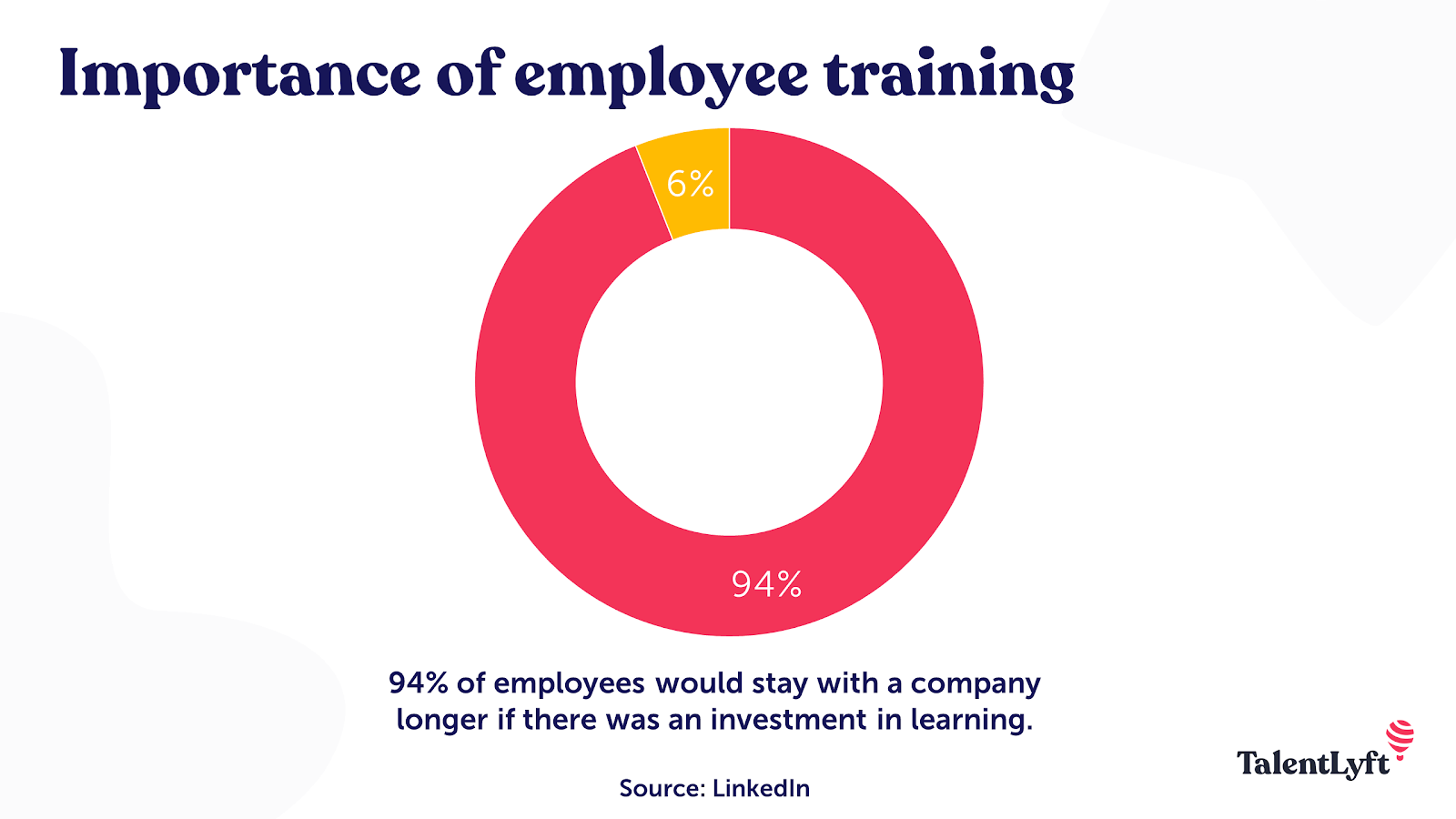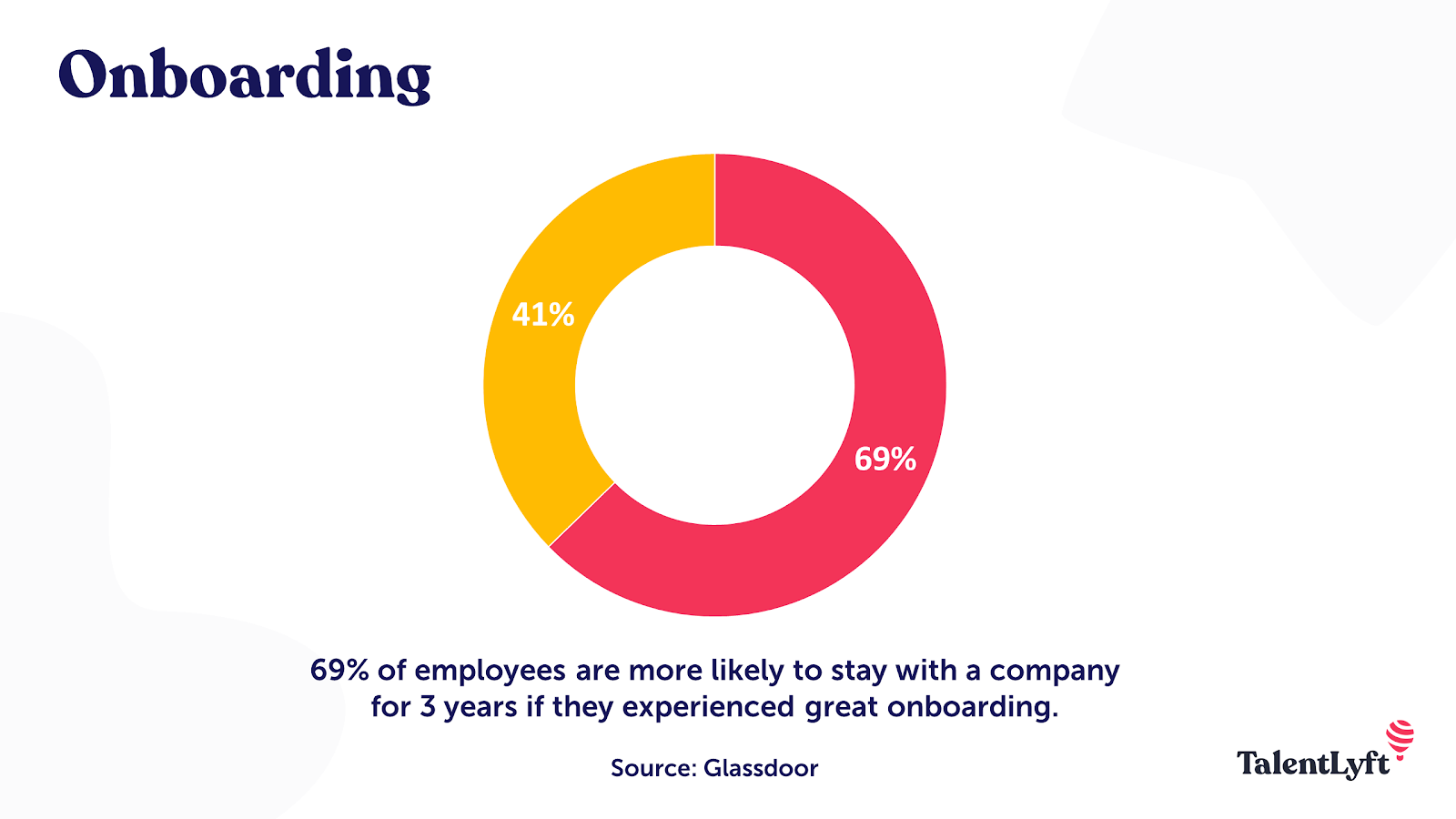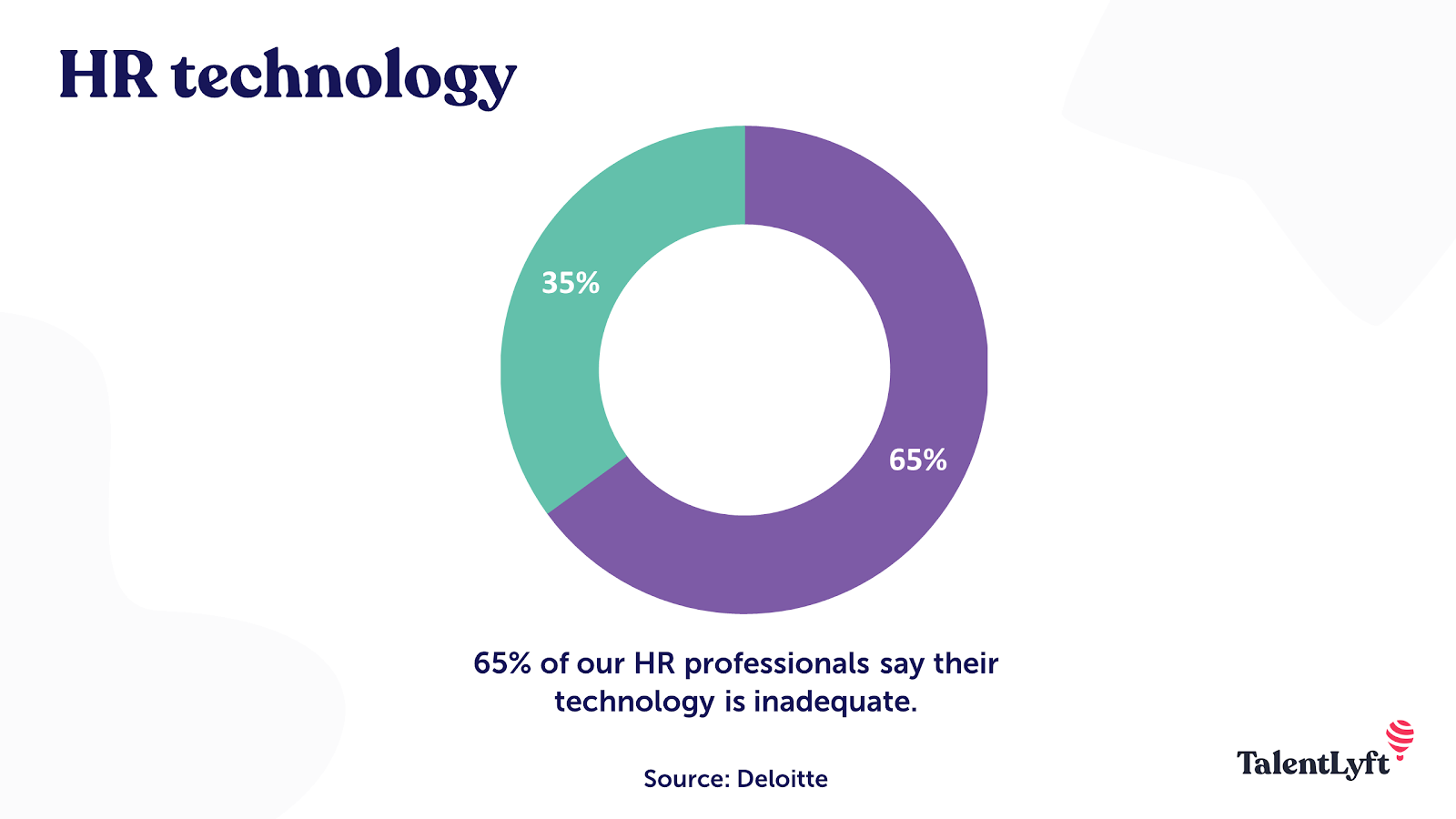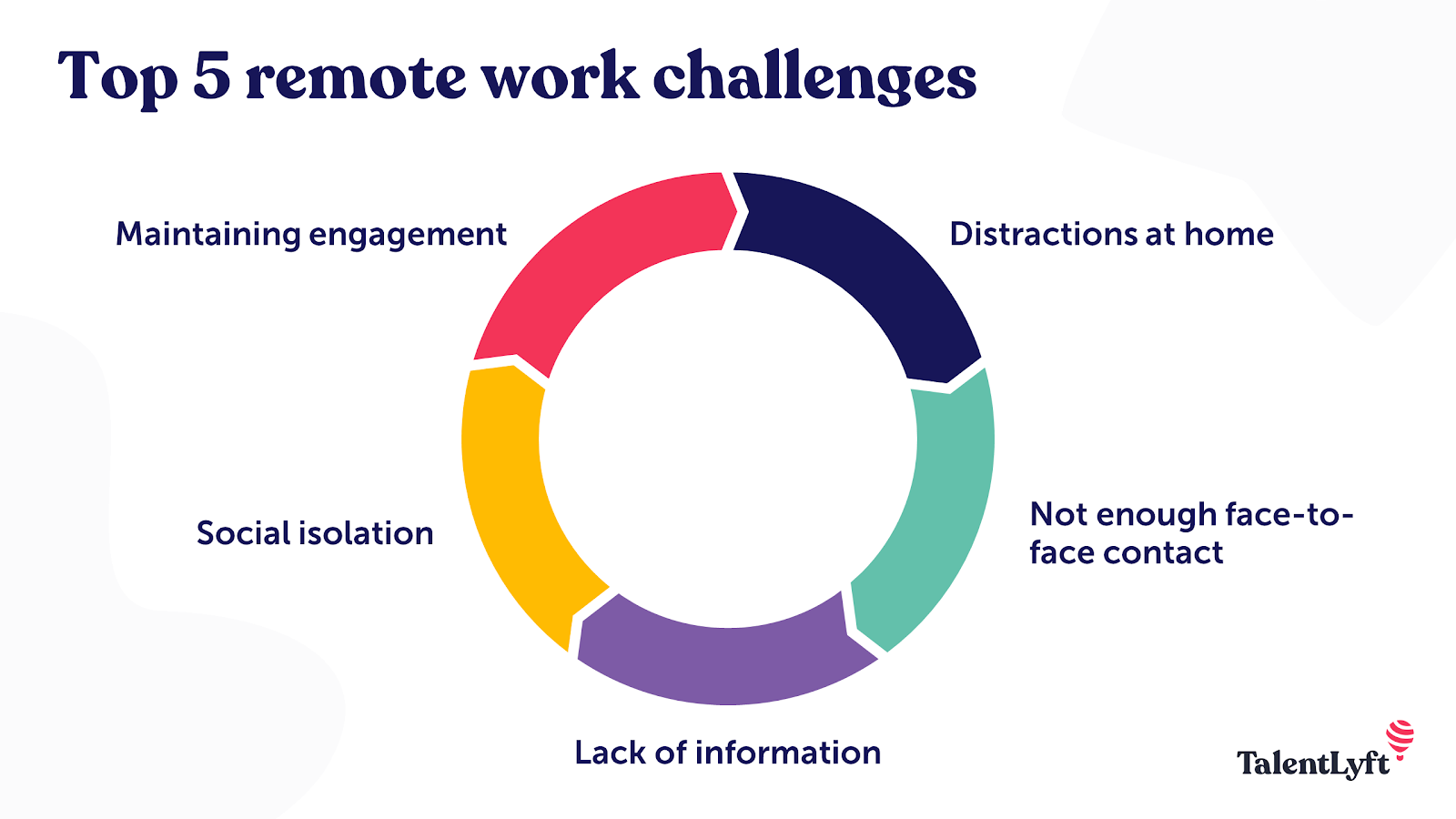
Discover the best practices for remote employee training! Learn 10 best practices and guidelines you need to follow to make the most of your remote employee training.
Discover the best practices for remote employee training! Learn 10 best practices and guidelines you need to follow to make the most of your remote employee training.
The COVID-19 pandemic has changed the conventional brick-and-mortar offices to remote work. According to flexjobs.com, 3.4% of the total U.S. workforce (4.7 million employees) were remote workers even before the coronavirus crisis.
We don't know the exact percentage of people working remotely at the moment, but current global trends strongly vouch for the fact that this number is only going to rise in the future. Today, employees can conveniently work remotely, but remote training programs for employees is still a challenging problem faced by many companies.
This makes remote training programs for employees not only important but also crucial in the long run. Especially because 94% of employees would stay with a company longer if there was an investment in learning, according to LinkedIn.

Many companies leverage online employee training software to remotely train employees. Following some guidelines can help the companies to provide effective remote training programs for employees.
For remote employee training to be successful companies need to make sure that they practice and follow certain guidelines. Here are 10 best practices you need to follow to make the most of your remote employee training:
In the following text, we’ll explain each of the top 10 best practices for remote training, as well as give additional pro tips that will help you make your remote employee training smooth and successful!
Since employees work remotely, keeping a short-term goal will not only help them stay focused but will also increase their productivity.
Without proper direction, you may never reach your destination. Employees must know what the company is aiming at to work effectively. Setting short term goals helps to keep your employees' work focused on where the company is heading.
💡 PRO TIP: Know the direction to reach the destination
Once the goals are set, remote employee training can be sorted. They say a goal without a plan is just a wish. Draft a plan on which your remote employee training programs for employees should be focused to achieve short term goals. After achieving it, the next plan comes in and it goes on. In this way, you can ensure remote employee productivity and business continuity.

In today’s digital world, relying on traditional classroom training methods won’t help. Moreover, for remote employee training, you need to find a new approach. Many digital tools help in business continuity, increase employee productivity, increase Return on Investment (ROI), and remote employee training.
💡 PRO TIP: Right tool begets productivity
Give your employees the right tools, and employee productivity is a given. With both office training and remote employee training, keeping your employees engaged is the biggest challenge constantly faced by enterprises. A Digital Adoption Platform (DAP) is the next-gen tool that trains your employees within the application and develops their knowledge.
You must know the strengths and weaknesses of the teams or else you cannot get the best outcome. Once employees are onboarded, you will begin remote employee training on your software and processes. You will be using virtual class training, training videos, PPTs, PDFs, and many more. Let me put some questions forward:
Employees hesitate to ask questions in virtual meetings and the video tutorials are not providing answers, so you need to find a tool that not only provides in-app training but also helps you identify the pain points faced by your employees.

💡 PRO TIP: Make sure your team understands your product
The biggest strength lies in making the team to understand your software completely – the A to Z of it. Once the employees feel comfortable with the product, they can complete whatever task assigned to them in no time at all. So, leverage a Digital Adoption Platform which helps to address these issues and identifies the pain points too.
Some product companies provide tutorials, PDFs and many other training resources but employees need additional guidance for learning. Though you can find a solution for remote employee training, knowing the strength and weaknesses and measuring the product knowledge of remote employees is challenging.
In today’s world, there are innumerable digital tools available to make sure you choose the best tool for increasing the product knowledge and productivity of remote employees.

💡 PRO TIP: Procure a versatile digital tool
The devil lies in the details, jot down the tool requirements and look for a versatile tool that addresses most of your challenges.
There was a time when businesses looked at their employees purely from a transactional viewpoint. But those days are long gone. Today, most companies are aware of the perks of investing in employees. The more invested you are in your employees, the more loyal and productive they will be.
💡 PRO TIP: The employee is not just a number
Companies should treat employees as people, value their unique ideas and abilities, and be supportive no matter what. Companies are an organization of people - not just words on a business plan. Support your employees in all ways either related to the tools they use, or any other difficulties faced by them. By providing responsive support you are eventually creating trust and relationships which enrich the nature of work.
To ensure whether your remote employee training is successful, you need to track the productivity of your team. Based on your results you’ll know if your remote employee training has met its objective.
💡 PRO TIP: Tracking helps in getting ahead
If you constantly bother your employees to make sure they are on track, it could negatively impact your efforts! Therefore, tracking can be done within your applications with the help of DAP. As a modern Digital Adoption Platform, tracks how users interact with your system and track the business activities and processes unique to your business.
Since employees work remotely there may be many situations that demand application support. To avoid this situation, companies can leverage digital adoption tools not only to identify employee pain points with your software but also to address them quickly.
💡 PRO TIP: Happy employees translate into a profitable company
Team leaders must be able to build a fellowship between the employees which will help to understand each individual and get the maximum outcome from everyone. For example, the manager can wish an employee birthday, employee achievements within the application by using the product announcement feature of the modern DAP. This kind of small thing will not only motivate your employees but also strengthens the emotional bond.

The crux of any business is communication, but in cases like remote employee training, it is even more important. The two important factors in communication are responsiveness and transparency. Each employee needs to know that all of them are working toward the same goals irrespective of the physical distance.
To avoid team misunderstandings and to keep rolling forward, maintaining the flow of transparent communication and responding relatively quickly is important. Remote training programs for employees can be successful when all these queries are met.
💡 PRO TIP: Recognize the power of inclusiveness
For example, if there are 15 employees in the remote employee training program, include all of them to share ideas and value everyone’s point for a more fruitful remote employee training.
Validation in remote employee training plays a vital role in encouraging employees to be productive. In the absence of proper guidance, an employee might face lots of troubles with the application and this can be avoided by proper validation.
Furthermore, employees must accept that managers cannot be everywhere, so they must ensure individual validation to achieve better results.
💡 PRO TIP: Validation is the key to productivity
The key to success in any business is every individual must validate themselves and be transparent to the management especially in remote employee training where monitoring by management is limited.
Expectations are always a critical factor as there are no limits for it, It isn’t uncommon for management to constantly expect more from their employees. While defining working hours or project deliverables, companies must ensure that your employees are given enough clarity as to their responsibilities.
💡 PRO TIP: Set reasonable and achievable expectations
Knowing not only what an employee can do is important but also management must know what your employee cannot do. Moreover, in remote employee training, the employees are physically apart, so knowing the capability of every individual is highly important. Be open to the opinions of the remote employees to clearly understand their deliverables.
With remote workforce soon becoming the norm, the sooner that companies adopt it the better it will be. Summing up all the best practices for remote employee training, businesses need to start investing in the modern digital employee training platform.
Before taking up the decision, check the highest-rated employee training software on G2 Crowd, the best user review platform out there in the market.
Finally, consider leveraging the modern digital adoption platform software to address the majority of remote employee training hitches and to get a better return on investment of your software.
Revanth is a marketing champ at Apty. An ardent tech geek who loves to write on trending topics and is a big fan of all things relating to marketing. To know more about me, connect me on LinkedIn.












